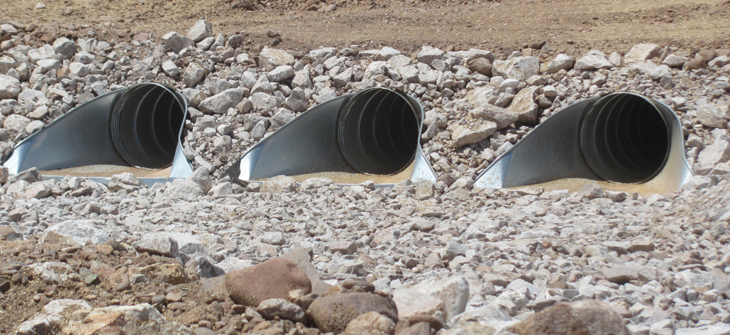
Exploring the World of Construction Products: Strength vs. Stiffness
In the realm of construction products, an ongoing discussion among engineers, contractors, and project partners often centers around the strength of different materials. Traditionally, strength has been associated with products that remain rigid and unyielding under load, such as reinforced concrete walls or heavy steel beams.
However, for engineers working with buried utilities, the perception of strength takes a different turn. In this context, elements like concrete walls and steel beams are considered to add significant stiffness to buried structures, but that might not necessarily make them the strongest.
"Why is this so?" You may ask.
From an engineer's perspective, stiffness refers to a product's ability to resist deflection. A thick-walled, rectangular box exemplifies high stiffness; it can bear the weight of a truck without any visible effects. In contrast, a relatively thin-walled corrugated steel pipe of the same size would distort and sustain damage under the same load. It lacks the stiffness of the concrete box structure.
However, if both structures were buried with compacted structural fill, and the amount of soil cover each could handle were compared, the buried corrugated metal pipe would likely outperform the rectangular concrete vault. This indicates that the corrugated metal pipe possesses more strength than the concrete vault.
The apparent strength of the flexible structure compared to the stiffer box structure arises from two primary factors: its geometry and its ability to utilize the strength of the backfill surrounding it.
Firstly, arch structures are known for effectively carrying large, uniform loads. The arch design converts much of the load placed on it into compression loads, which are borne through the walls of the arch, as opposed to beams that have to bear loads in bending. Carrying loads in compression allows the full depth of the structure wall to be engaged, while beams in bending primarily engage the outer edges, leaving the center underutilized.
Secondly, the corrugated pipe gains strength from the backfill material around it. While an unsupported corrugated steel pipe may be damaged by a vehicular load, burying it with a competent backfill allows it to deform slightly when the same load is applied. This deformation engages the stiffness of the surrounding backfill material. The combined stiffness of the metal pipe and backfill material is sufficient to support the load, allowing for a smaller and more efficient wall profile. This principle applies to all buried flexible structures, regardless of their size or shape.
At Contech, we design our products to cater to specific applications, optimizing their performance. Some applications require high stiffness to carry loads effectively, while others can benefit from utilizing the strength of the backfill support. Consequently, our product range includes engineered solutions that encompass reinforced concrete, tubular steel sections, corrugated metal, PVC, and reinforced polyethylene pipes. This diversity allows us to provide cost-effective solutions to meet the unique needs of each project.
